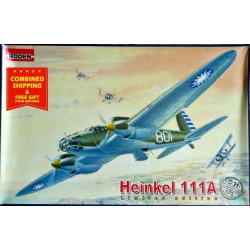De Havilland D.H.4 w/Puma aircraft
1/48 WWI aircraft scale plastic model kit
Roden 430
Released April 2010
Manufacturer: Roden (Ukraine)
Scale: 1/48
Material: Plastic
Number of parts: --.
Paint: Unpainted, Unassembled, Kit do not contain paints and glue.
Condition: New in Box
At the beginning of WWI two-seater airplanes were built in accordance with the "orthodox" layout, in which the pilot had a position in the rear seat, and a gunner-observer sat in the front. Only after the appearance of the famous Sopwith 1½ Strutter did the situation change, and the two-seater airplane gained its "classic" arrangement the crew changed places in the cockpit of the airplane. It was an era in which the classic single-seat fighter had not yet taken center stage, and that is why the majority of new designs consisted of two-seaters.
In 1916 British aircraft designer Geoffrey de Havilland developed one such type in accordance with the "classic" layout. It was a two-seater biplane which history came to know by its official name, the D.H.4. At first, it was planned as a multipurpose airplane with the 230 h.p. Beardmore B.H.P. engine, however in the process of putting it into series production it transpired that the engine would have to be exchanged for another type, because the B.H.P. still needed perfecting and substantial revision.
The airplane passed its tests successfully, and already the preliminary orders for it from the military were overtaken they were immediately doubled to 740 units from the previous order and that was not the end of it, because the front required plenty of machines of this type. Seeking the most worthwhile replacement for the powerplant the designers of the airplane chose the 375 h.p. Rolls Royce Eagle engine, which offered a substantial improvement in the airplane's basic flying performance, however it was not being built in sufficient quantities even for the D.H.4, let alone other types of airplane.
From that moment the production of the D.H.4 was expanded from the base of the main manufacturer, the Airco firm (AMC), on to the plants of several subcontractors, such as Palladium Autocars, Vulcan, Westland, Glendower and others. Taking into account the permanent problem of the availability of the main Rolls Royce Eagle engine, designers had to find a replacement for it.
As a result, many machines of this type were built with installations of the RAF3a, Fiat-A12 and Siddeley Puma engines. The characteristic feature of every version was a different shape of the fuselage's nose, following the differences in the overall sizes of the engines and their exhaust systems. Airplanes fitted with the Puma engine had a somewhat prolonged nose with less of a "snub-nosed" look in comparison with the other versions, when other D.H.4s at the time were almost "straight-nosed".
The D.H.4's active service career began in January 1917, and soon this type gained great renown among the pilots of the R.N.A.S. and the R.F.C.. It was capable of climbing quickly to a considerable altitude, and it could maneuver in combat with enemy airplanes. Its main task was to conduct daytime bombing missions over the territory of the enemy; however, occasionally the D.H.4 was used as a transport for secret service agents, and as a fighter and interceptor.
During 1917 D.H.4s of various types, including those with Puma engines, were widely used in the skies of the Western Front, and even the arrival of the more modern D.H.9 did not end its career, because this successor appeared to be unsuccessful and was soon withdrawn from operations. And only the appearance of D.H.9A in 1918 pushed these machines into the background. They were gradually taken off from the front line, and passed on to training and patrol units. Many machines were sent to the British colonies, mainly to the Near East, to India and South Africa. There they were used until the mid 1920's, when they were exchanged for other types, mainly the Bristol F.2B Fighter
DECALS VARIANTS
De Havilland DH4 (Westland-built) “Moorqâ€, N.6416 of F, Sqn. 62, Wing RNAS, Imbros, Springr1918.
De Havilland DH4 (Westland-built) “Sultan Selim IIâ€, N.6416 of F, Sqn. 62, Wing RNAS, Imbros, Summer1918. This is a same aircraft, later repainted in a bright sunny colours.
De Havilland DH 4 (Westland-built) D1773, Number 224th Sqn RAF, Mudros, Spring 1918.
Performances
Length
9.3m
Wingspan
12.94m
Wing area
40.00m²
Empty weight
1098kg
Loaded weit
1589kg
Service ceiling
4800m
Rate of climb
295m/min
Max speed
185km/h
Climb to height 3500m
9,5min
Engine
1x230h.p. Armstrong Siddeley Puma
Armament:
- bombs
209 kg
- machine guns
1x0.303 Vickers (RNAS machines had two machine guns), 1x0.303 Lewis on Foster mounting in rear cockpit
Airco DH.4
DH.4 above the clouds in France
Role
Biplane Light Bomber/General Purpose
Manufacturer
Airco
First flight
August 1916
Introduction
March 1917
Retired
1932 (United States Army)
Primary users
RFC (RAF)
United States Army Air Service
RNAS
Number built
1,449 in UK - 4,846 in USA[1]
Unit cost
$11,250
Variants
DH9, DH9A, Dayton-Wright Cabin Cruiser
| General Product Info | |
| Material | NOT SET |
| Scale | 1/48 |
| Type | NOT SET |
We have the lowest worldwide shipping. And it's totally simple.
EUROPE, USA, CANADA TURKEY, ISRAEL, EGYPT, UE CHINA, JAPAN, HK, S.KOREA | AU NZ MX South America, Asia | |
| Order weight up to 0.22kg or 0.48lb | US$ 8.90 | US$ 8.90 |
| Order weight up to 0.44kg or 0.97lb | US$ 13.95 | US$ 17.90 |
| Order weight over 0.44kg or 0.97lb | US$ 19.99 | US$ 29.99 |
| Order total over $150 | FREE | PROMO US$ 19.99 |
Shipping to some countries not qualifies for the free shipping option but costs not over $29.99 for any sized order. Sorry for that, your location is too far.
- Stock: 1
- Model: RN430
- Weight: 0.95lb
- DATE ADDED: 16/04/2010
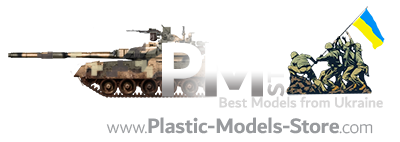
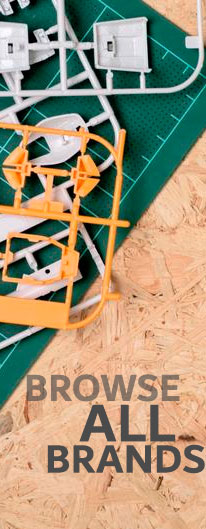
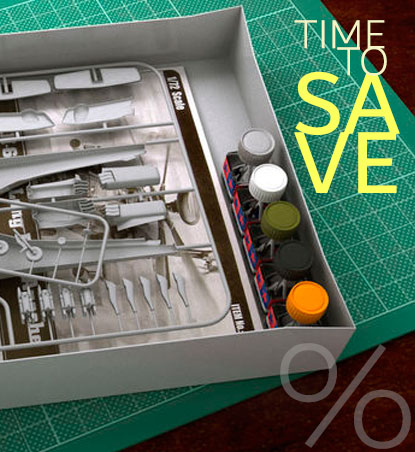

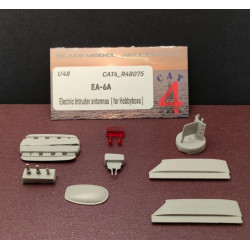


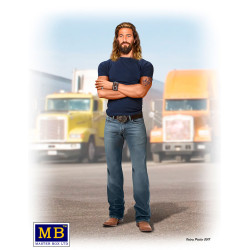
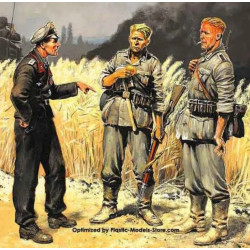



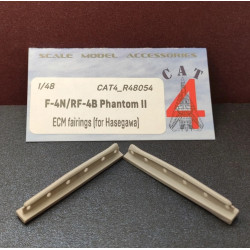
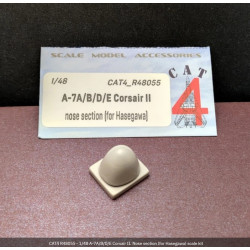
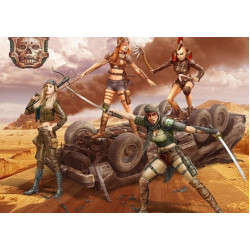
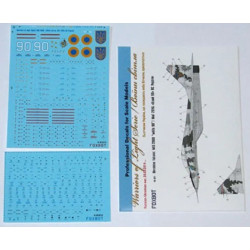

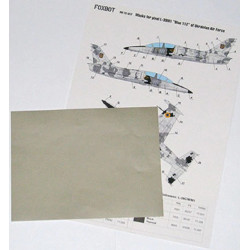
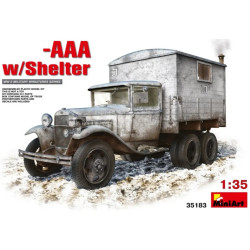
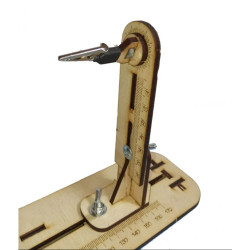

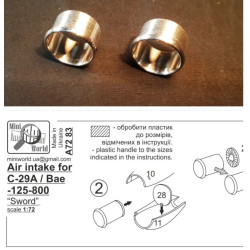
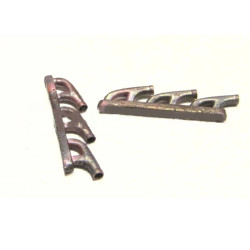
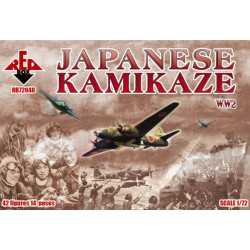



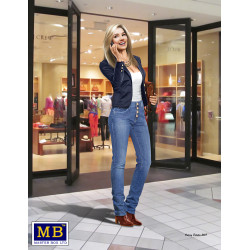

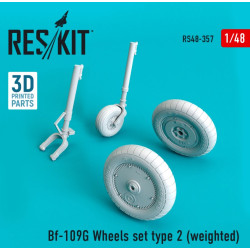


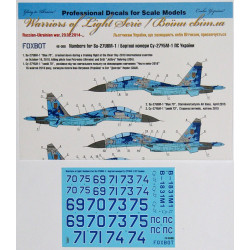
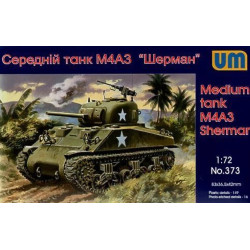









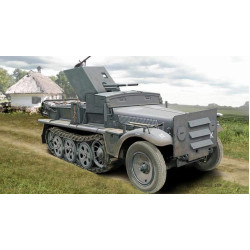
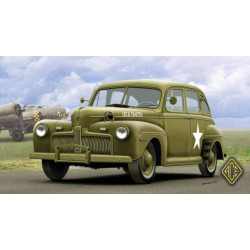
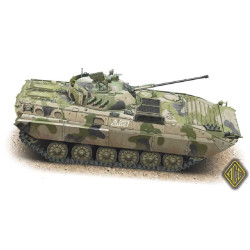
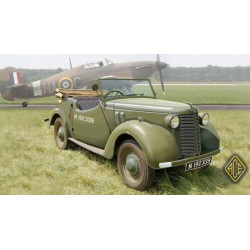
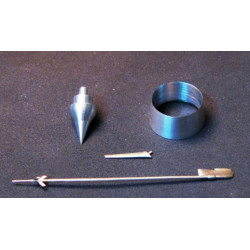

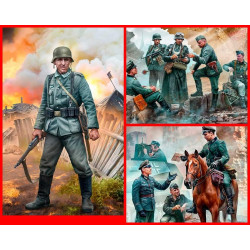
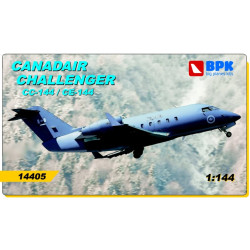
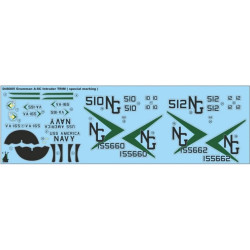

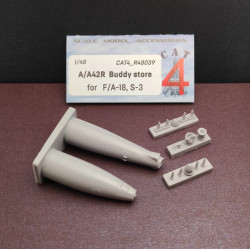

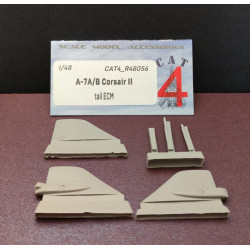
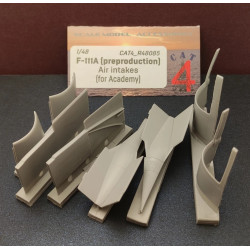
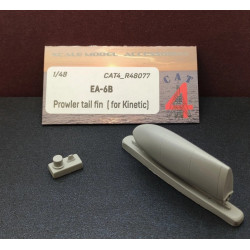
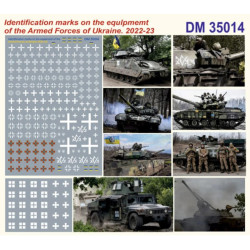
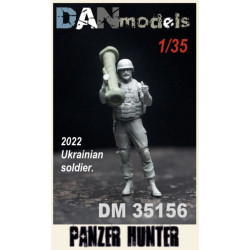

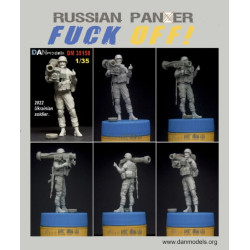
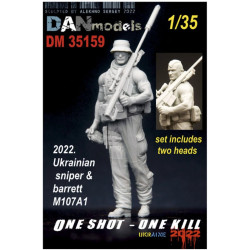
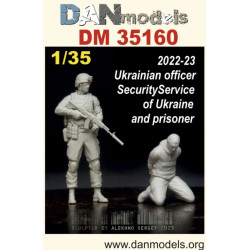
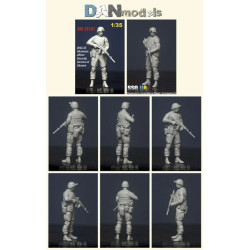
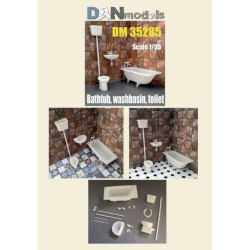
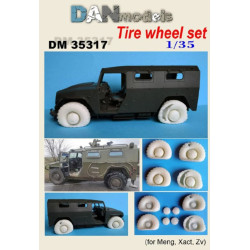
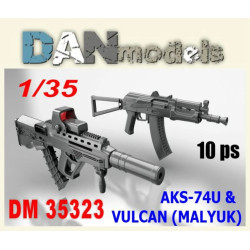
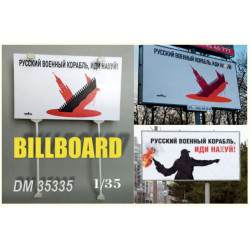
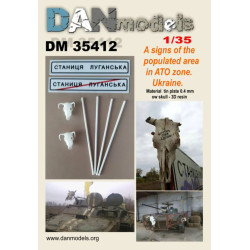


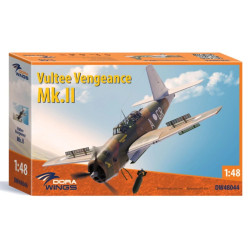

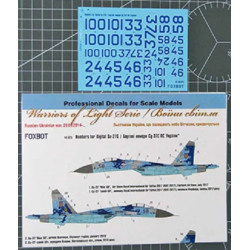

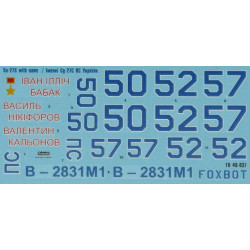

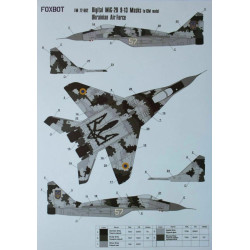
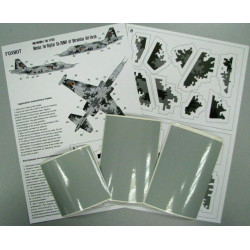




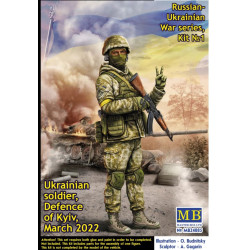
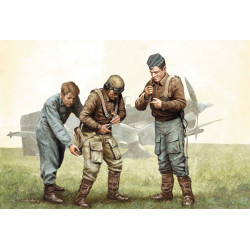

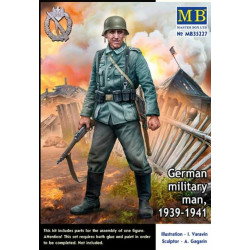
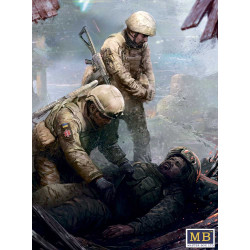











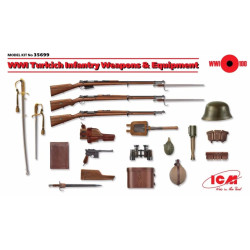
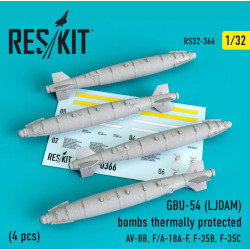
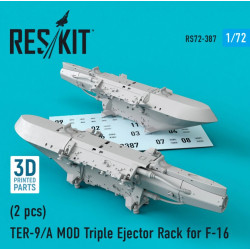










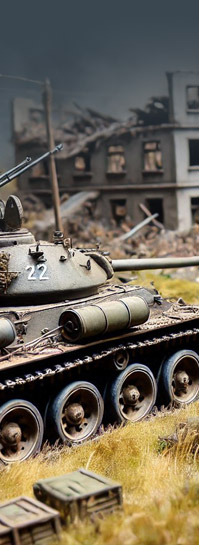
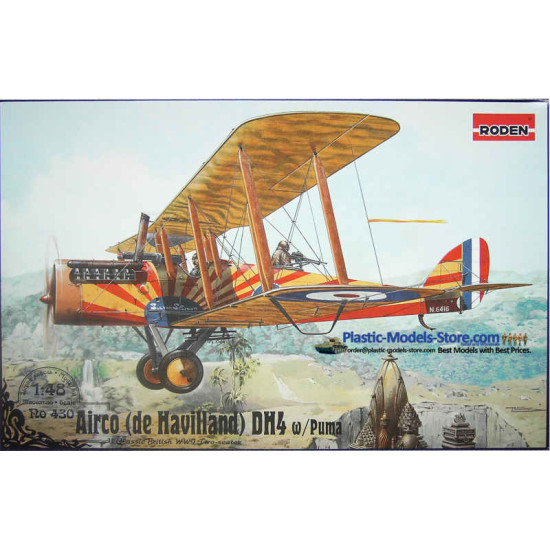
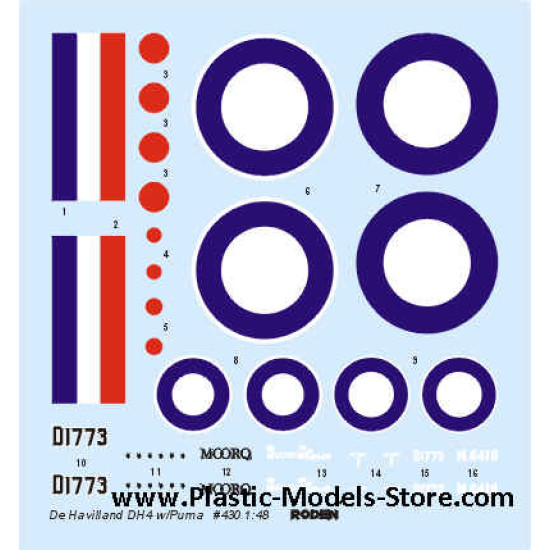



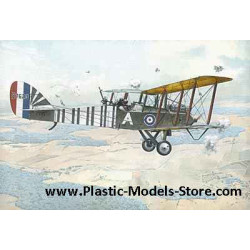
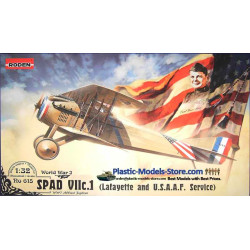
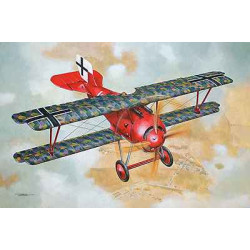
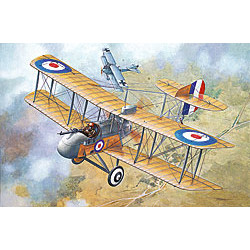
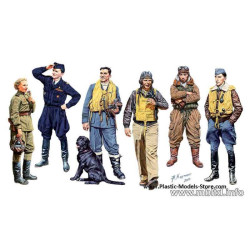
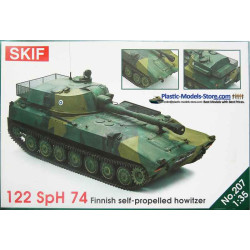
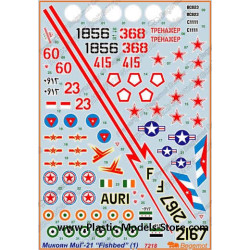
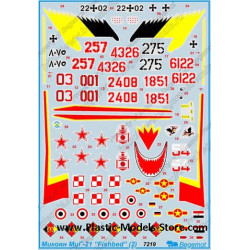

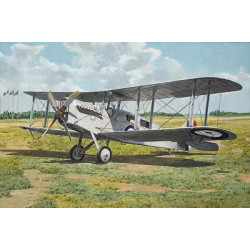
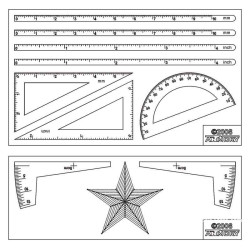
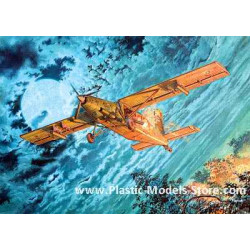
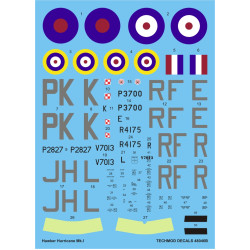
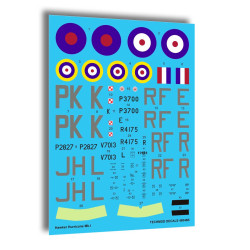
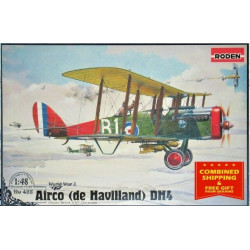
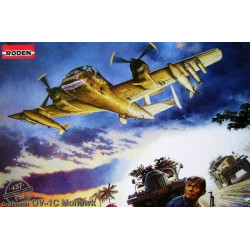
-250x250w.jpg)
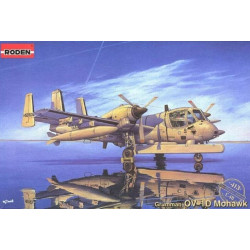
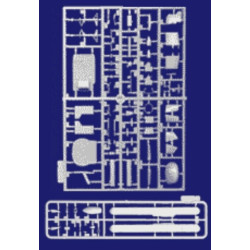
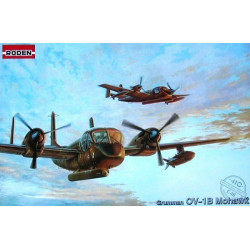
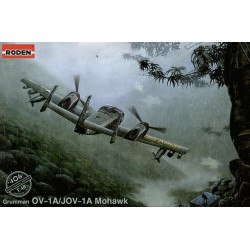
-250x250w.jpg)
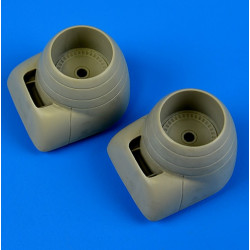

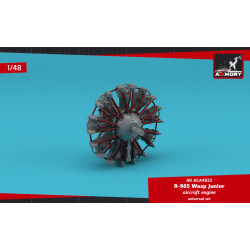
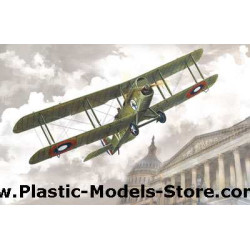
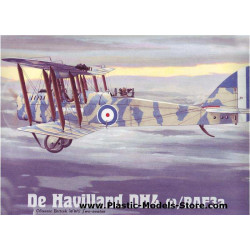
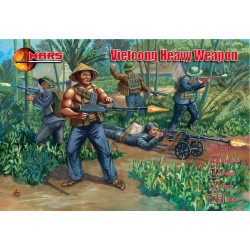
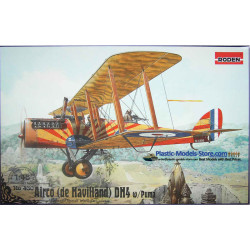
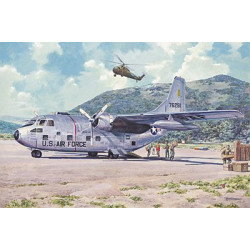
-250x250w.jpg)
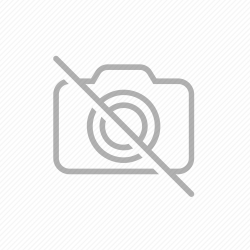
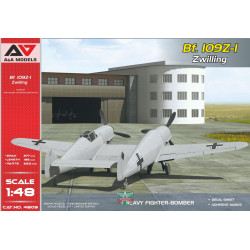
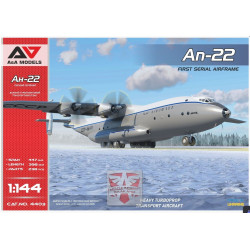

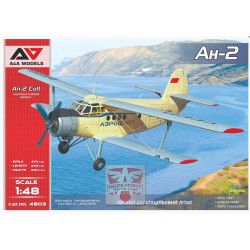

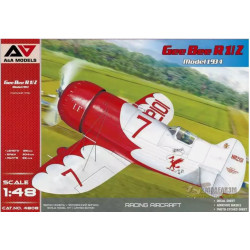

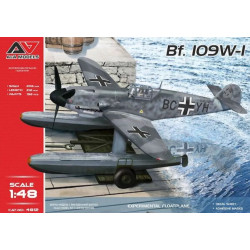

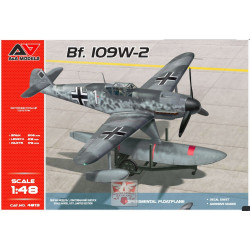

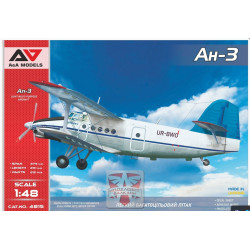
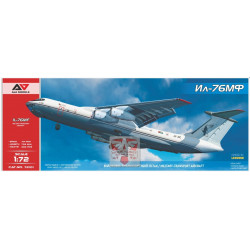

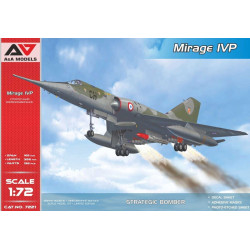

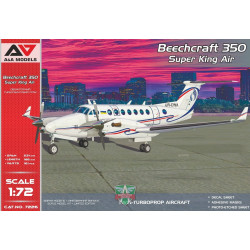
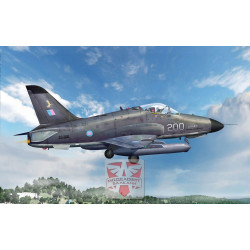
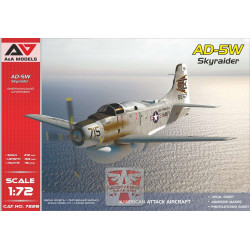
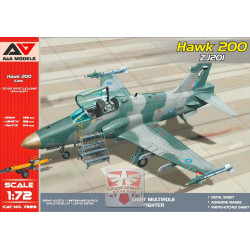
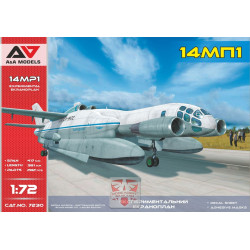

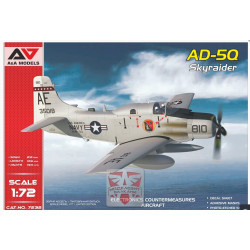

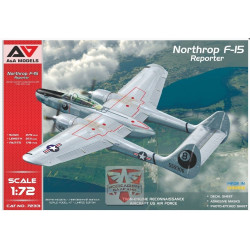

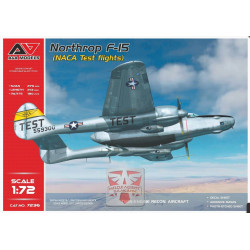

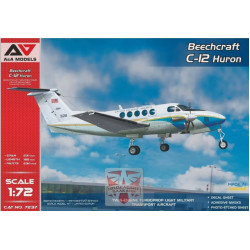

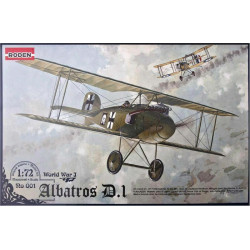

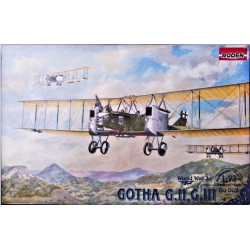
-250x250w.jpg)
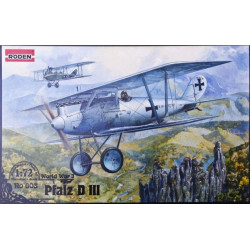
-250x250h.jpg)
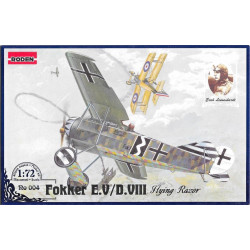
-250x250w.jpg)

-250x250w.jpg)
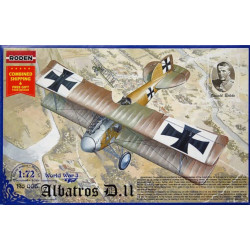

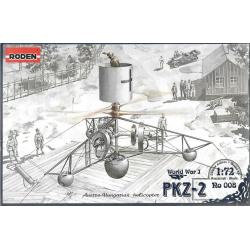
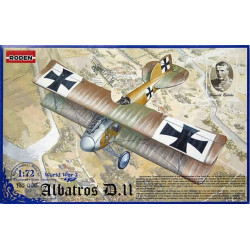
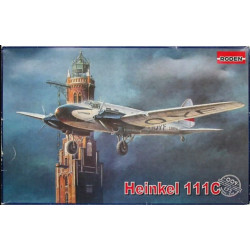

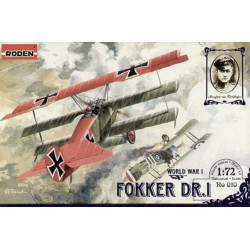
-250x250w.jpg)
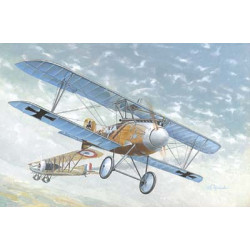
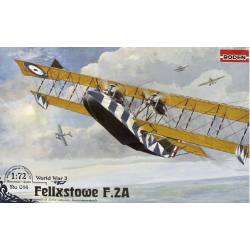

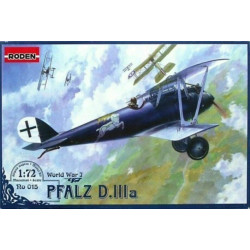
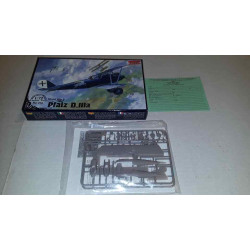
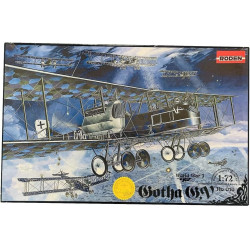
-250x250w.jpg)
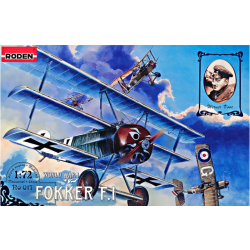

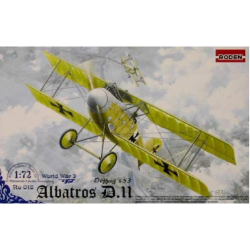

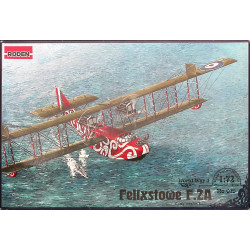
-250x250w.jpg)
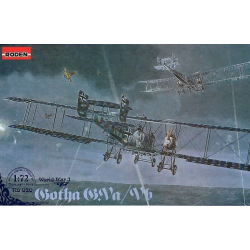
-250x250w.png)
